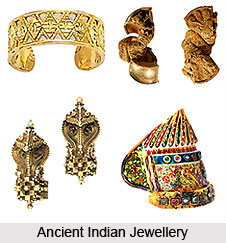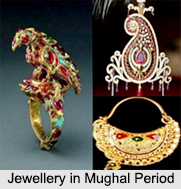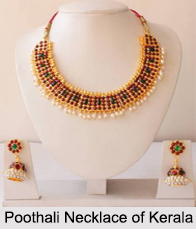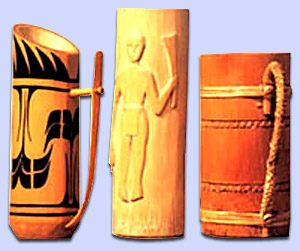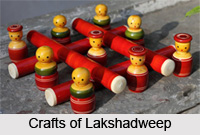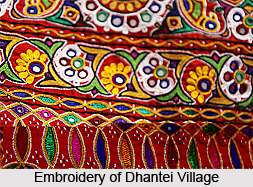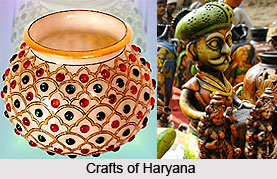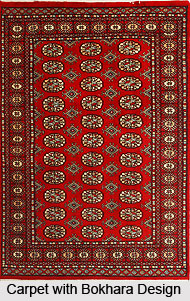 Designs of Indian carpets are the primary aspect that characterises Indian rugs as their singular, intense palette, based on yellow, pink, light blue, and green and best displayed in the typical bluish red known as lac red, used specifically for the grounds of fields. The designs, although inspired from the Persian style, are distinguished by their asymmetrical design and strong sense of the pictorial patterns, with close attention to reality and detail.
Designs of Indian carpets are the primary aspect that characterises Indian rugs as their singular, intense palette, based on yellow, pink, light blue, and green and best displayed in the typical bluish red known as lac red, used specifically for the grounds of fields. The designs, although inspired from the Persian style, are distinguished by their asymmetrical design and strong sense of the pictorial patterns, with close attention to reality and detail.
The designs of Indian carpets shows a preference for naturalistic floral designs and figural scenes arranged on directional layouts, and the compositions are not elaborate; the most familiar designs involve full-field distributions using rows or grids, in-and-out palettes, and prayer rugs. Because of this naturalistic taste, Indian carpets do not have characteristic decorative patterns, aside from those few who borrowed from Persia or other production areas, such as Herat botch, and cloud bands. The general characteristic design of Indian carpet informs these to be very rich, noble, and refined.
All Indian rugs are designed using the asymmetrical knot and stand apart technically because of their particularly dense knotting, well suited to rendering realistic figural motifs. The foundation is usually of cotton and the pile wool; in northern regions the soft and glittery wool of Kashmir is used. Sometimes silk is used both in the base work and for the pile. The pile is usually trimmed at a lower level. The designer carpets are usually medium or large in size, reaching as much as 150 x 240 inches.
The motifs on Indian carpets are an exquisite blend of innovative Persian patterns, and ethnic Indian designs.
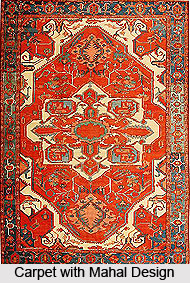 Some of the popular designs of Indian carpets that are widely woven are as follows
Some of the popular designs of Indian carpets that are widely woven are as follows
•Kashan - This is an interrelated leaf and tendril design. There is no central medallion.
•Ispahan - This is a leaf and tendril pattern with elaborate corners, a floral border, and an encircling medallion.
•Tabriz - This is a leaf and tendril pattern, with an elaborate motif at the corner areas and a floral border. There is an extended medallion.
•Herati - This pattern is made up of diamond shapes and leaves. There is usually no medallion.
•Bokhara - This design comprises of repetitive oval medallions that are called gulls or `elephant footprints`.
•Heriz - This design used in Indian carpets is geometric in shape. There is a medallion similar to a starburst too.
•Serouk - This is simply a pattern of independent flower bouquets.
•Serapi - This pattern developed into the heriz design and is geometric in shape that consists of a medallion from which arms extend.
•Mir - Also known as Boteh, this Indian carpet design is a paisley design that is spread all over.
•Kerman - This pattern consists of a floral medallion, intricate corners and a border.
•Aubusson - A large floral medallion with intricate corners and elaborate border. This is actually a French design.
•Mahal - This is a nonfigurative floral design, noticeably geometric.
•Tribal - These are irregular patterns of diverse kinds.
•Savonnerie - This is an elaborate Aubusson pattern.
•Bidjar - There is a hexagonal medallion, and a herati field bordering it.
Indian Silk Carpets are the traditional ones that are procured from Kashmir. The silk carpet of Kashmir is typically hand knotted, and is renowned for its softness and the superb skill with which it is crafted. The type of silk carpet created depends on the yarn used and the designs of these carpets vary accordingly. The 100 % pure silk carpets have between 400-1600 knots per square inch, which ensures their durability. The most popular design in Kashmiri carpets is the tree of life. Other common subjects include hunting scenes, bird and animal motifs and historic subjects. The carpets of Kashmir are available in a number of colors, like red, blue and yellow mineral hues.
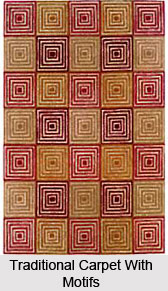 India is one of those countries where people customarily sit on the floor. The carpet industry thus, has flourished to include a strong local tinge. The designs of Indian carpets thus mostly relate to the Indian lifestyle. Carpets are highly stylised and idealistic Persian motifs. Carpets are an economically important but miniscule part of the floor covering popularly used in India.
India is one of those countries where people customarily sit on the floor. The carpet industry thus, has flourished to include a strong local tinge. The designs of Indian carpets thus mostly relate to the Indian lifestyle. Carpets are highly stylised and idealistic Persian motifs. Carpets are an economically important but miniscule part of the floor covering popularly used in India.
The Indian carpet weaver ties his knots with great dexterity, on upright wooden looms of traditional design. Vertical looms are usually used in sizes varying from five to sixty feet, with three to five weavers, working on each. The fitness of a carpet is judged by the number of knots per unit area in combination of the design, colors and quality of yarn. The firmness, thickness and appearance of the back of the carpet, are important considerations. Rajasthan and Gujarat are also famous for making namdah that is appliquéd, printed or embroidered ones. Carpets from the Punjab and Haryana are woven in traditional stripes as well as with realistic birds, animals and human forms used as motifs. In Rajasthan too, carpets are given hunting patterns with trees and floral motifs.
Some carpets combine the discipline of Persian symmetry with a bold contrast of form and color that are characteristically Indian. In Kashmir, Talim, the special script for carpet weaving, guides carpet design. Central Asian and Persian rugs inspire designs and patterns of carpets in Kashmir. Punjab pattern of carpets also uses the talim method, which owes the development of the carpet industry to Maharaja Ranjit Singh, who conquered Kashmir. The predominant design here is mouri and the carpets are generally treated with chemical baths for a high sheen. Uttar Pradesh is also famous for luxurious carpets. The designs of these carpets are attractive, with geometrical patterns in black on a maroon background. Agra, the famed city of the Taj Mahal is best known for silk mixed with woolen yarn carpets. The weavers of the Mirzapur-Badohi belt of carpet manufacturing in Uttar Pradesh, have established their flexibility by weaving carpets of practically any design, the ancient Persian ones are the most popular. However, the carpets of Andhra Pradesh have a strong local flavour and are generally coarse and loose. Warangal carpets use handspun wool and jute thread for their striking designs.
A distinctive design of Indian carpets prevails in the mountainous areas of India, right from Leh (Ladakh) to Darjeeling (West Bengal).
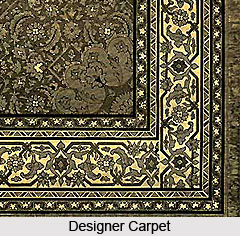 In Himachal Pradesh, migrant Tibetans does weaving and the carpets of these areas are made in pure wool and have designs of the dragon, snow lion, stylized chrysanthemum and lotus. Many varieties of fine prayer carpets are woven in India. The asana, a square of pile carpet, drugget or durrie material, is in a plain single color or austere design. This type of carpet is traditionally used, while performing rituals during worship. Jute carpets, in intricate Persian designs, are also woven in West Bengal.
In Himachal Pradesh, migrant Tibetans does weaving and the carpets of these areas are made in pure wool and have designs of the dragon, snow lion, stylized chrysanthemum and lotus. Many varieties of fine prayer carpets are woven in India. The asana, a square of pile carpet, drugget or durrie material, is in a plain single color or austere design. This type of carpet is traditionally used, while performing rituals during worship. Jute carpets, in intricate Persian designs, are also woven in West Bengal.
The effective bonding of untouched beauty with innovative designs make the modern carpets in sync, suiting the sophisticated look. The quality of hand woven rug is derived from the high intention incorporating sincere effort, intelligent direction and expert execution. The designs of Indian carpets on shiny woolen fabric are finely handspun to come up with distinctively beautiful carpets attractive enough to cast a magnetic spell on the onlookers.
